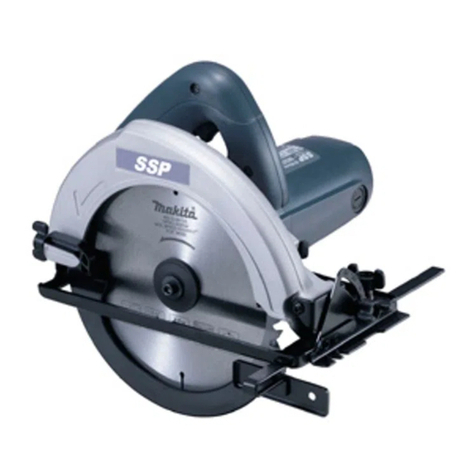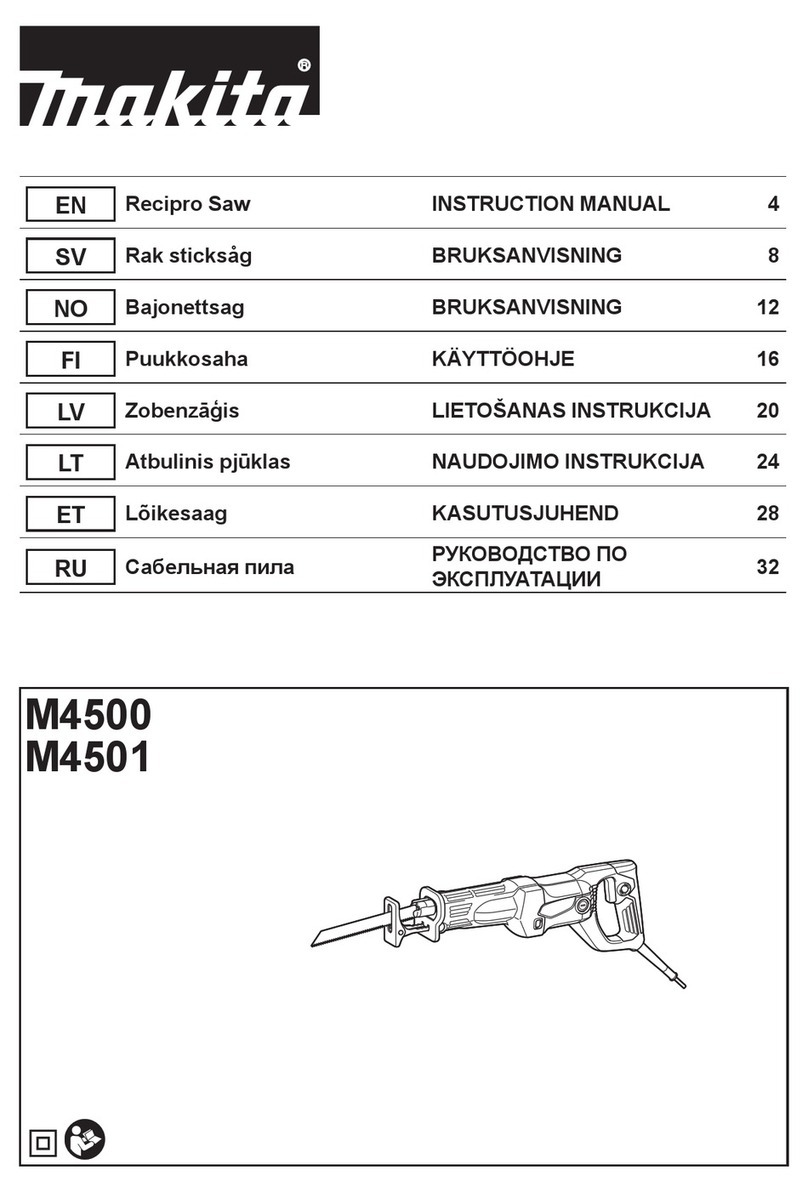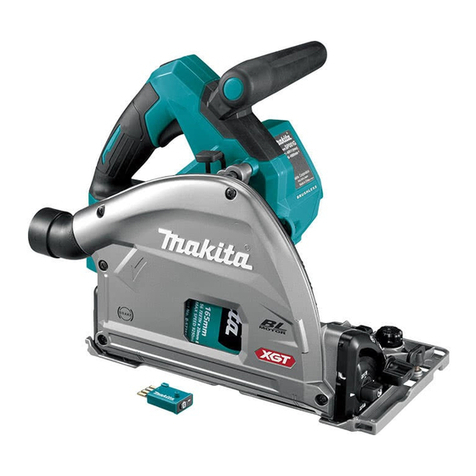Makita DLS600 User manual
Other Makita Saw manuals
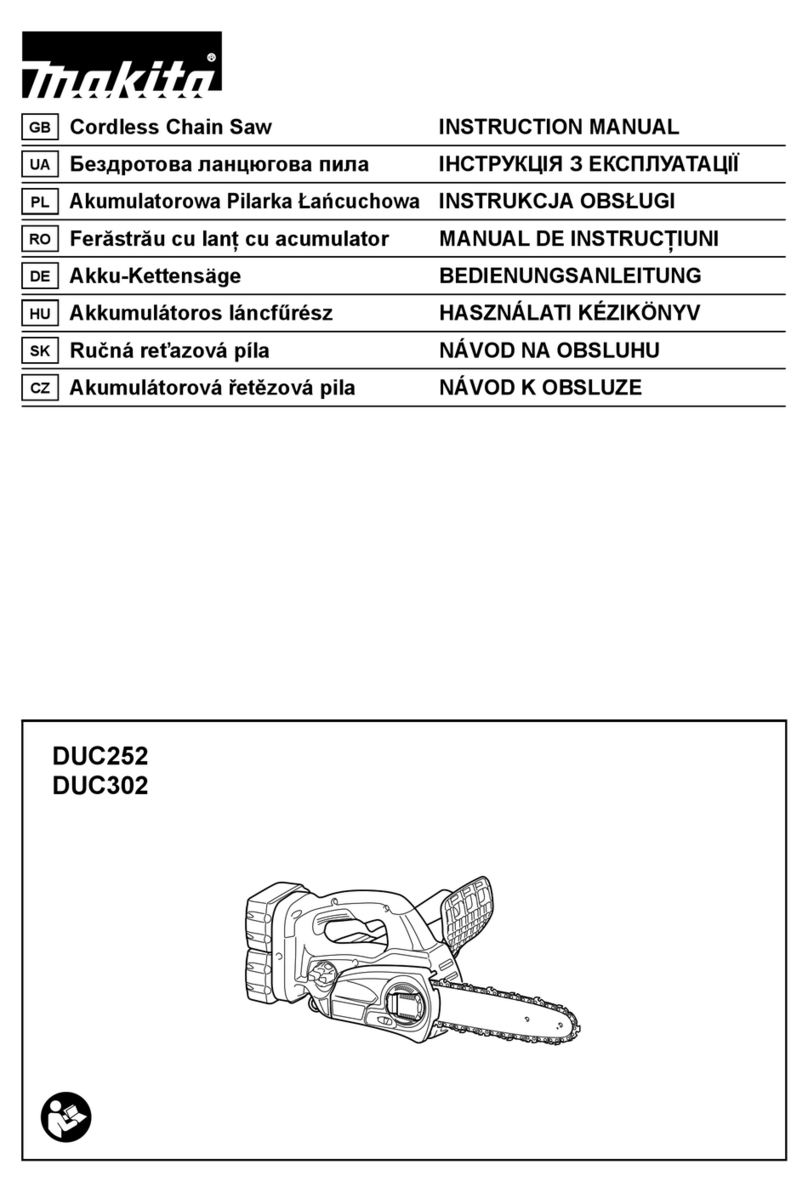
Makita
Makita DUC252 User manual

Makita
Makita M5801 User manual

Makita
Makita HS6101K User manual
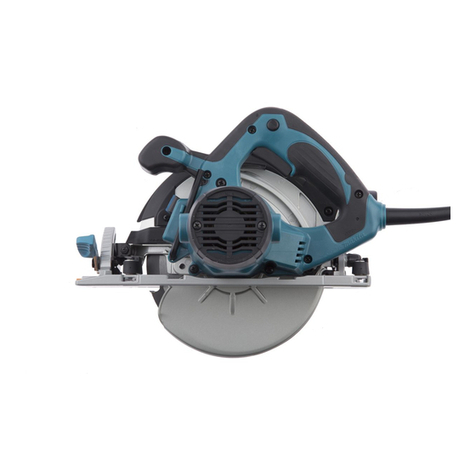
Makita
Makita HS7100K Manual

Makita
Makita DRS780 User manual
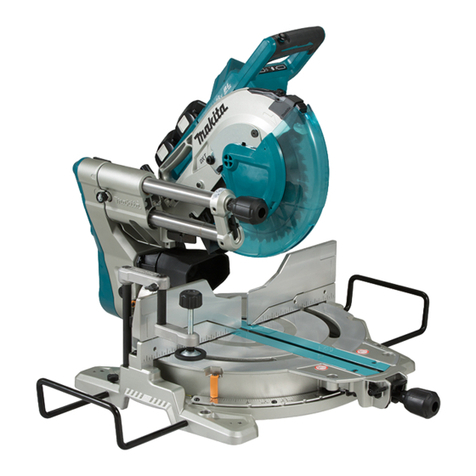
Makita
Makita DLS112 User manual

Makita
Makita DJR181 User manual
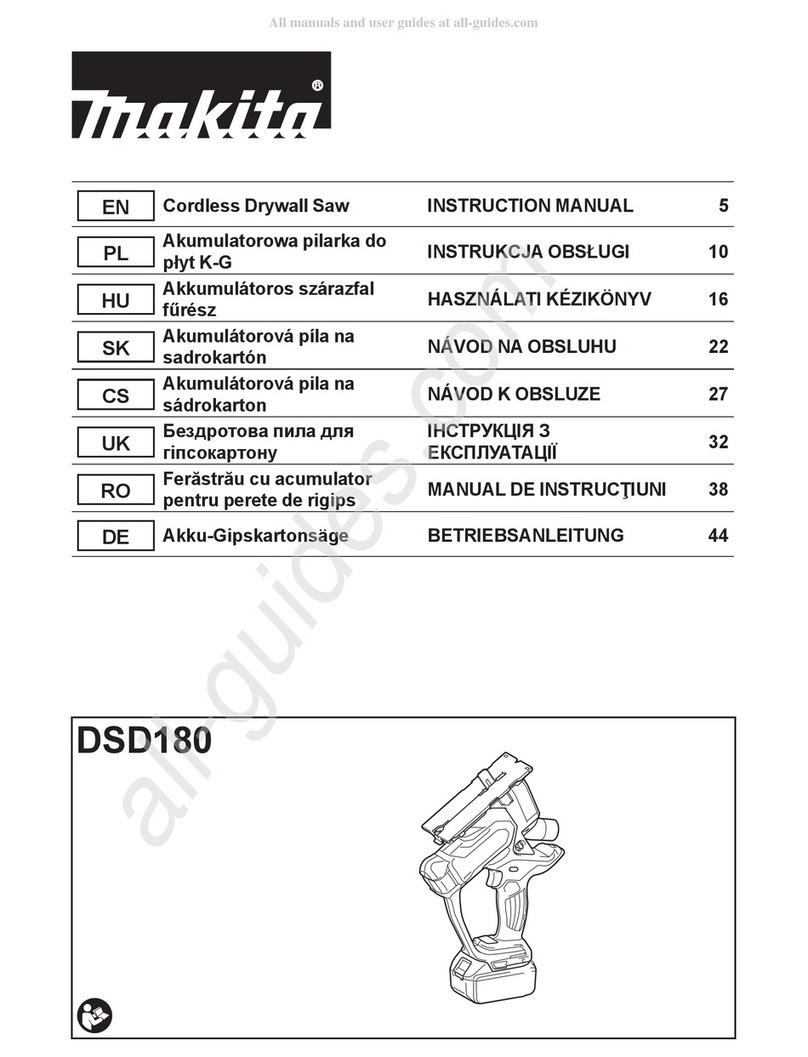
Makita
Makita DSD180 User manual
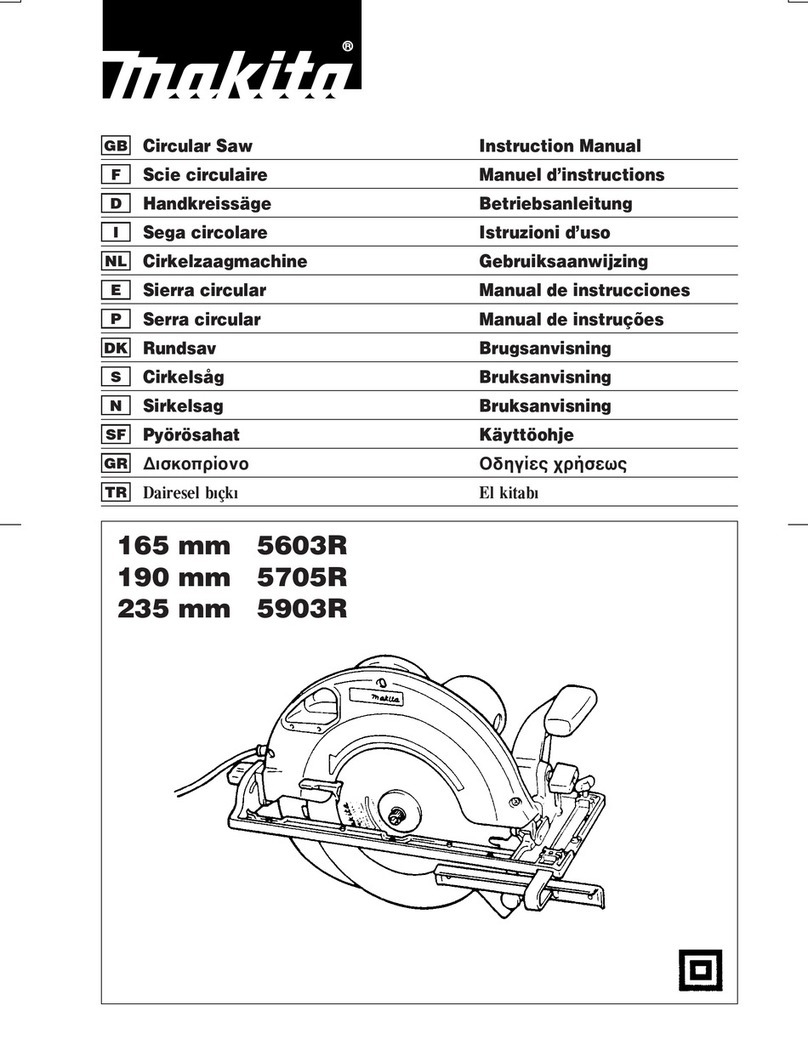
Makita
Makita 5603R User manual

Makita
Makita 5402NA User manual
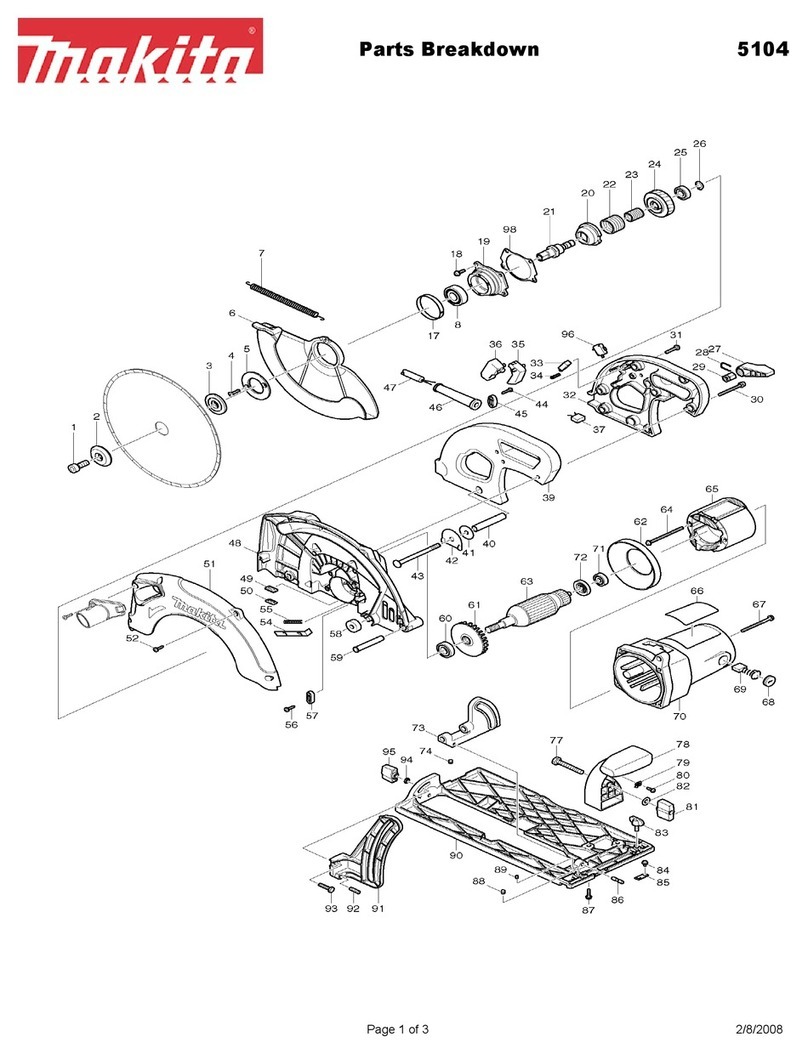
Makita
Makita 5104 Quick start guide

Makita
Makita 5704R User manual

Makita
Makita LH1040 User manual
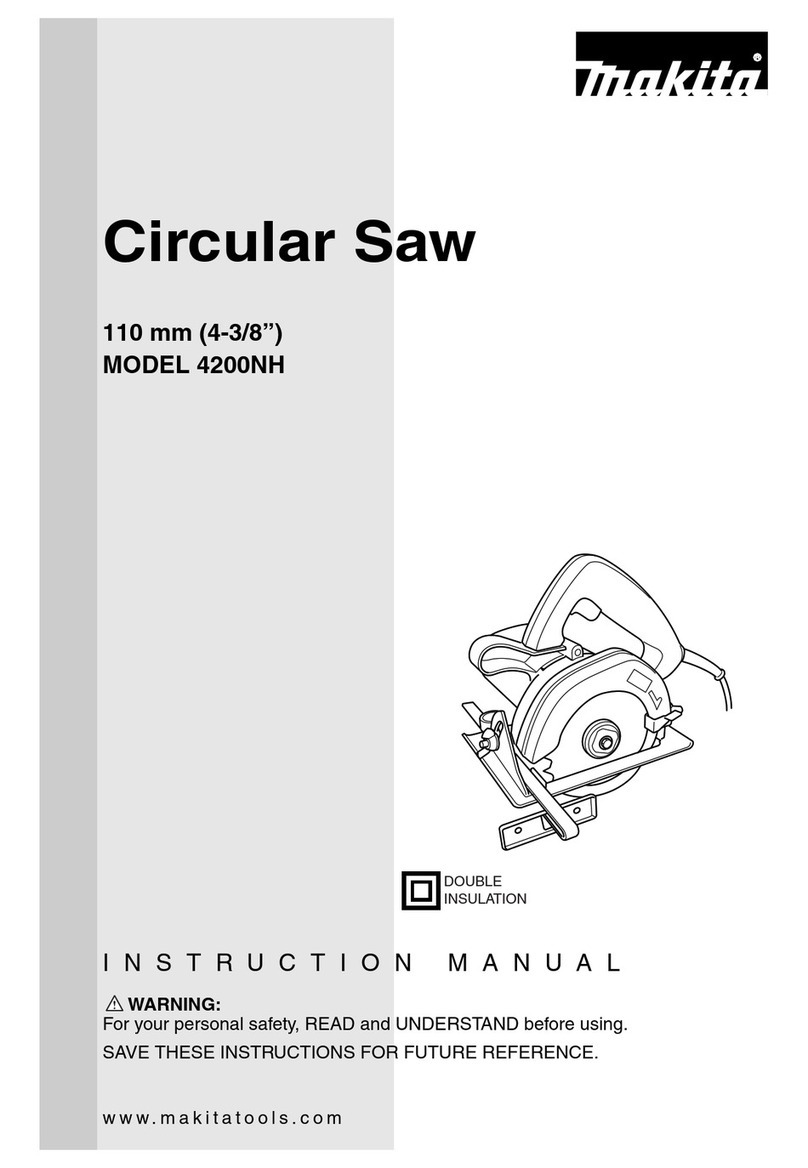
Makita
Makita 4200NH User manual

Makita
Makita JR100D User manual
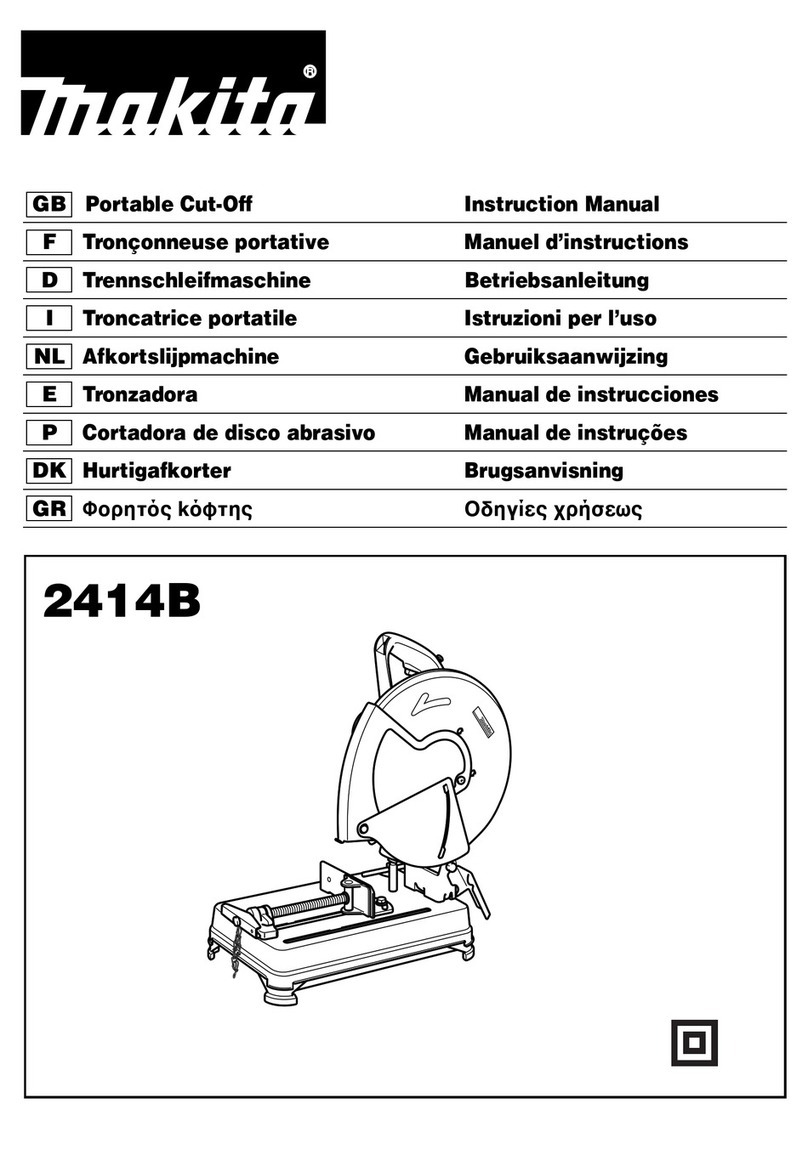
Makita
Makita 2414B User manual

Makita
Makita 5740NB User manual

Makita
Makita LS1219 User manual

Makita
Makita JR3060T User manual
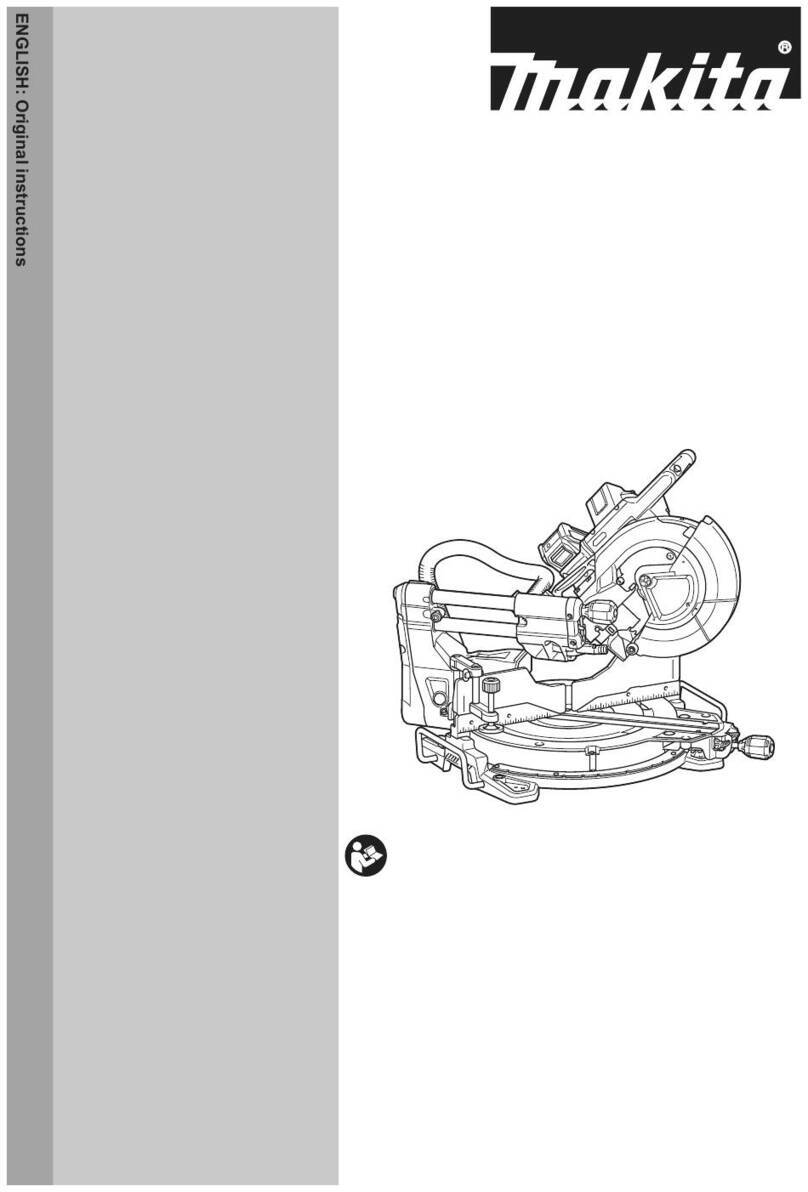
Makita
Makita LS004GZ User manual
